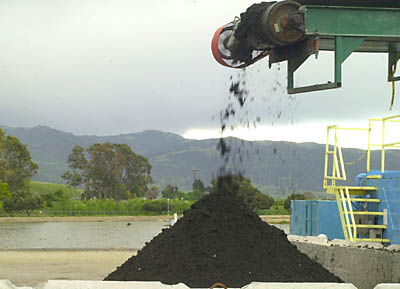
Panelists answered the following: Do you like the idea for a “Floating Islands” concept at Hollister’s industrial sewer pond—mostly used by the San Benito Foods cannery—which uses natural plants and bacteria instead of aerators to treat the waste?
Cesar Flores Yes. I like the idea of using natural means of controlling the industrial waste in the sewer ponds. The difference in cost makes it a “no brainer”. Richard Herrera I do. It seems like a better option but there are more questions to be answered.
Mary Zanger No. Aeration is efficient, low cost and uses free air, oxygen and sunlight. The “floating islands” concept has offered no history and no data. Questions like previous trials; successes, failures, class, type and source of bacteria and plants and mechanisms of operation are unanswered and unproved. It seems that sludge control with excessive buildup is the problem. Proper management needs to address timely sludge removal.
Ruth Erickson Yes! If this will help to keep the odor and sludge under control and save a great deal of money, then it’s a good idea. Who is responsible for letting nearly eight feet of sludge to accumulate, causing such a huge problem? The aerators appear not to have worked in the way they should have. Let’s get moving with this new treatment so that it is in place for the 2015 canning season at the cannery.








